Introduction:.
The Higashiyama Botanical Garden in Nagoya, Japan, is a place where visitors can enjoy the natural beauty of the four seasons, and on our visit on 28 January 2024, many plants were radiant with life despite the cold winter weather. This article introduces some of the plants that are particularly impressive in winter.
1.winter messenger: plum (ume)
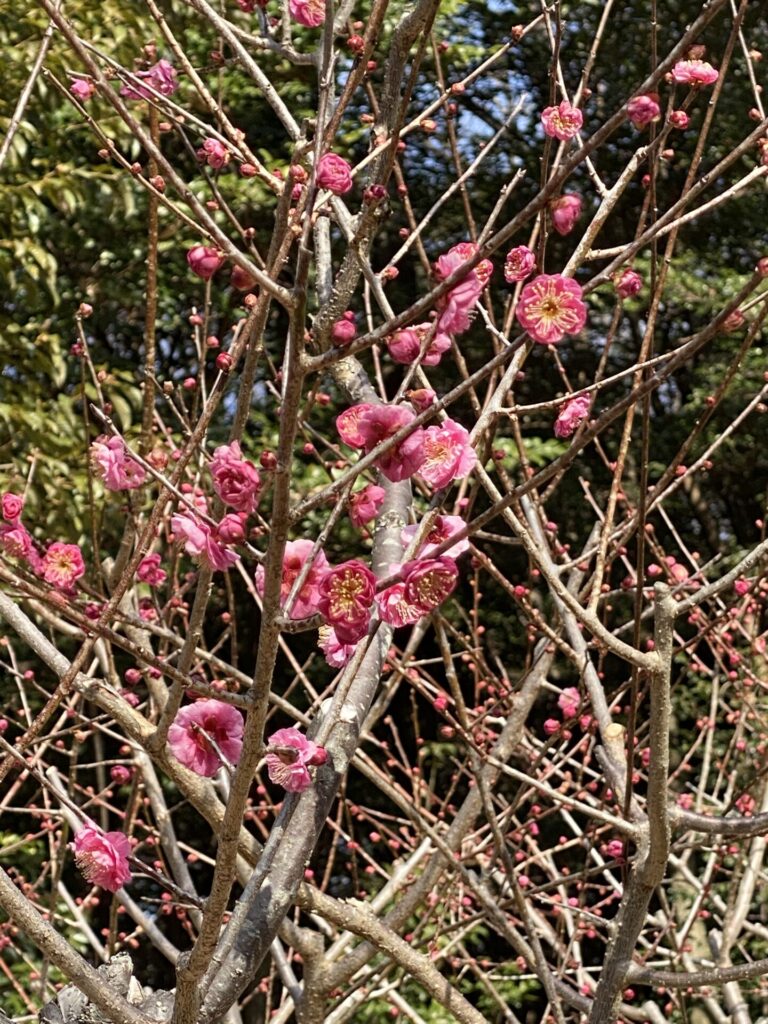
BASIC INFORMATION: The plum tree is a typical flower that heralds the arrival of spring. It has been loved in Japan since ancient times and appears in many works of art and literature.
Winter conditions: Some of the ume trees in the park were already in flower. They are strong and graceful in the cold, heralding the arrival of spring. On the other hand, some plum trees are not in bloom and their quiet beauty creates a winter atmosphere.
2.Scent of Winter: Wax Plum (Chimonanthus)
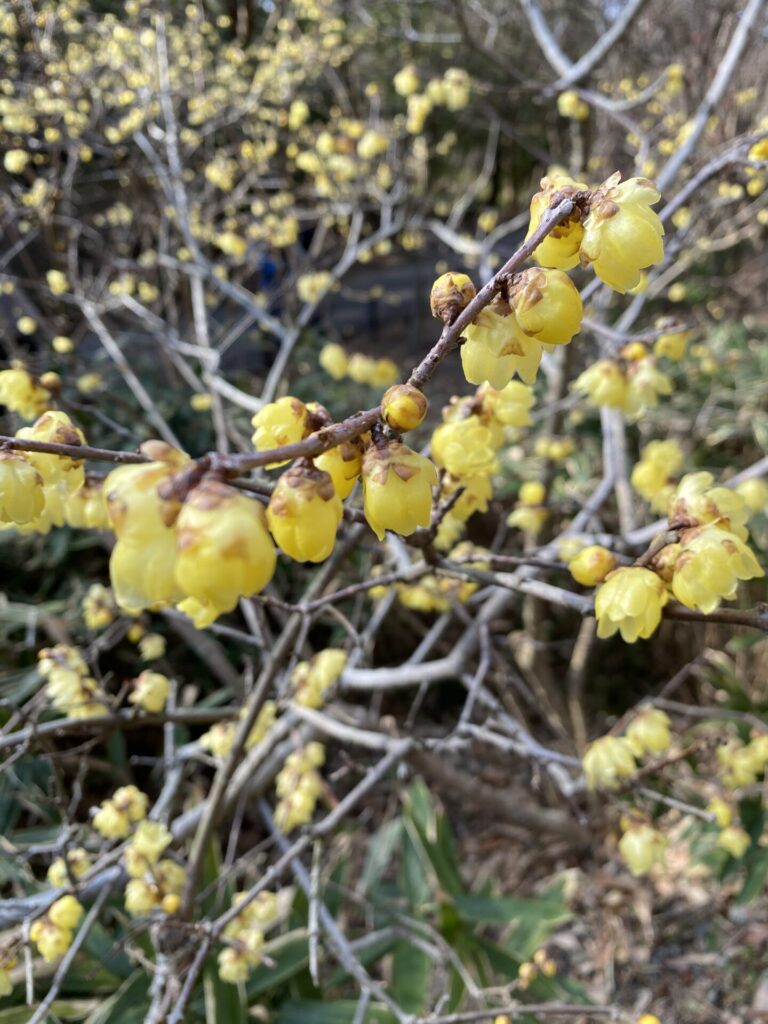
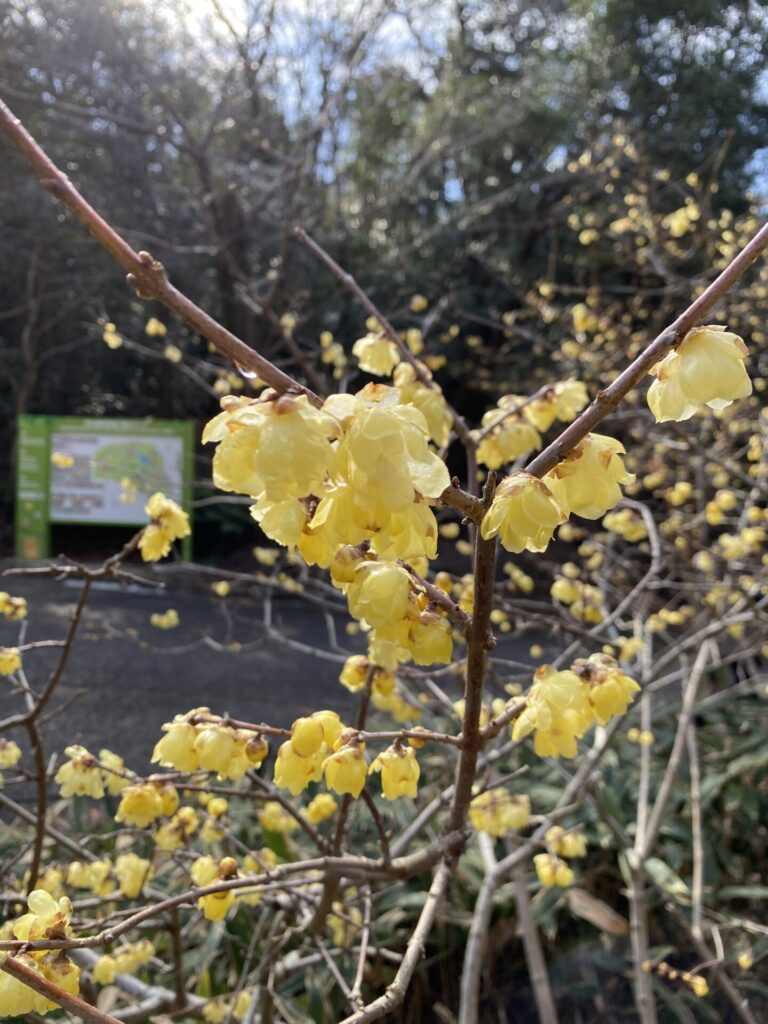
Basic information: Wax plum trees have yellow flowers in winter and a sweet scent.
Winter scene: Wax plum flowers give off a warm colour and fragrance in the cold winter weather. They bloom vigorously as if to resist the cold winds and give warmth to visitors.
3.deep red charm: Boke
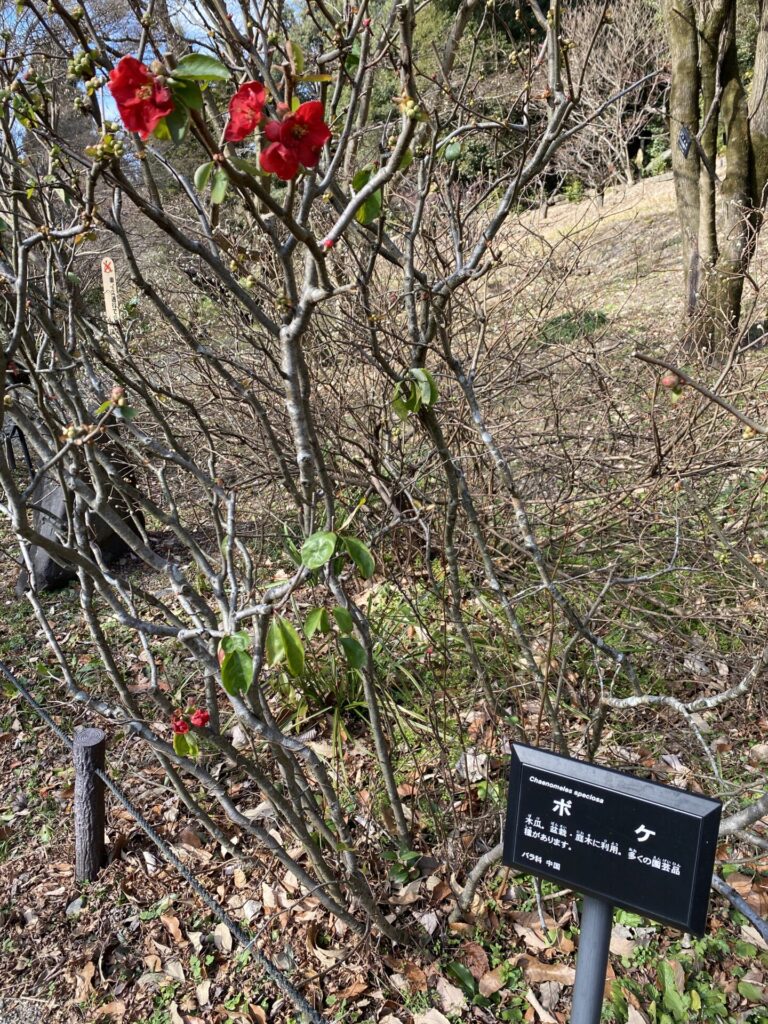
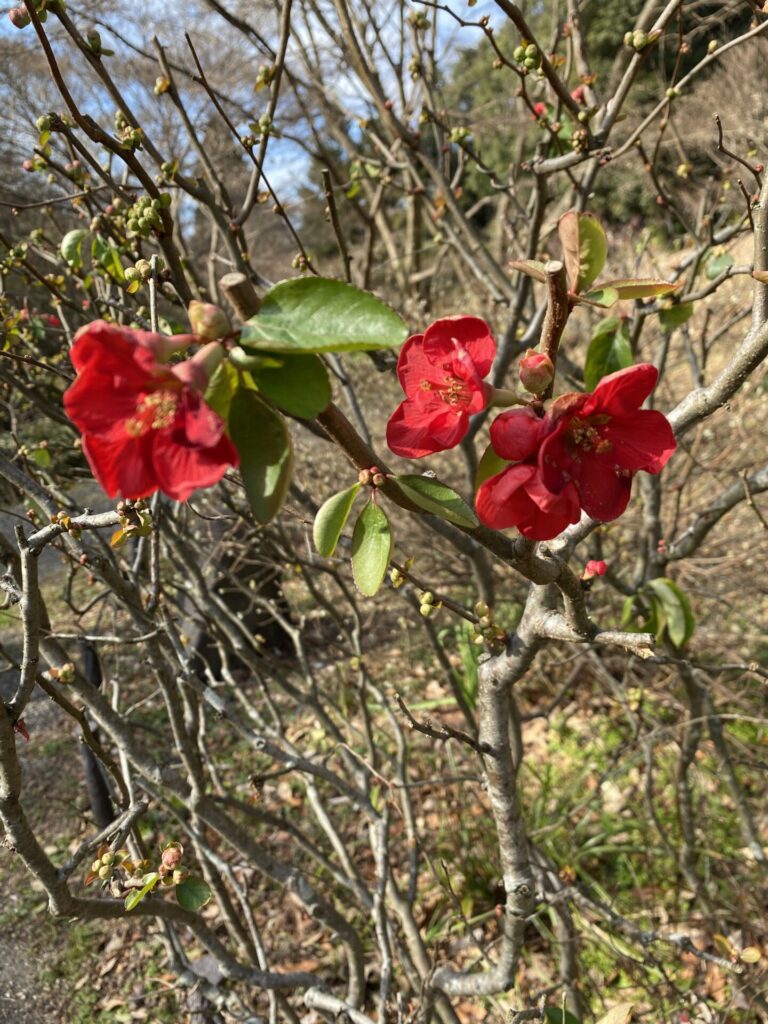
Basic information: Boke is a spring flowering plant. It is characterised by its bright colours.
Winter: The first Boke flowers I saw were a little withered, but the deep red colour was striking. It was as if they shone even brighter in the solitude of winter.
4.wetland vitality: bamboos (Arundinaria) and reeds (Reed)
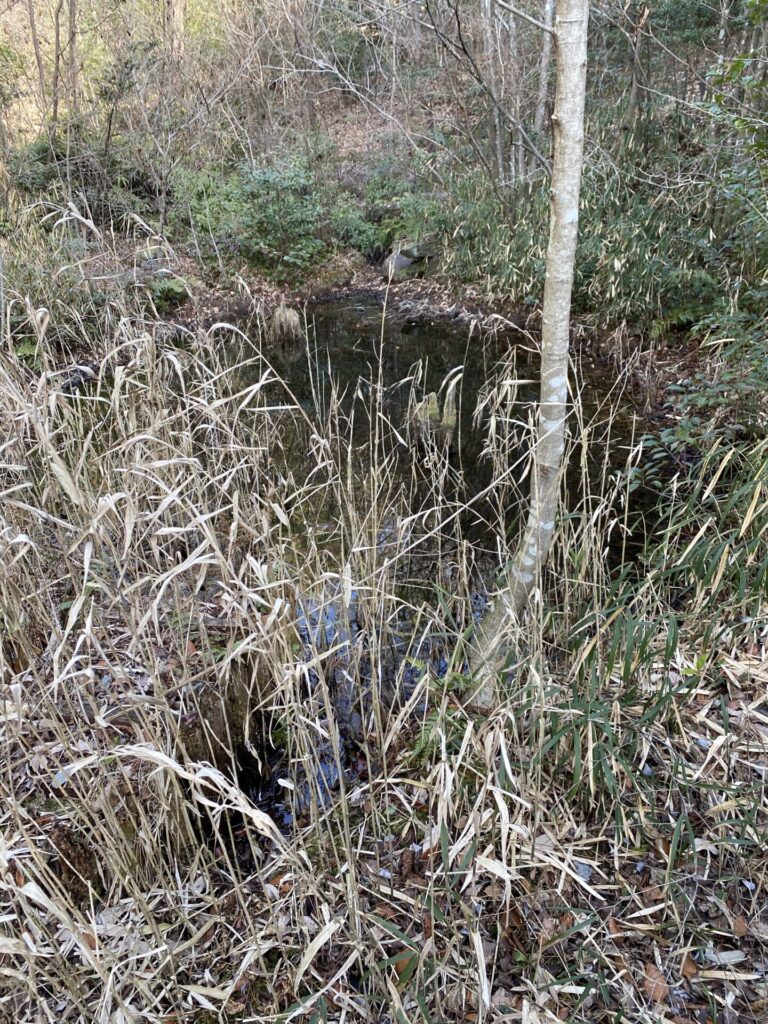
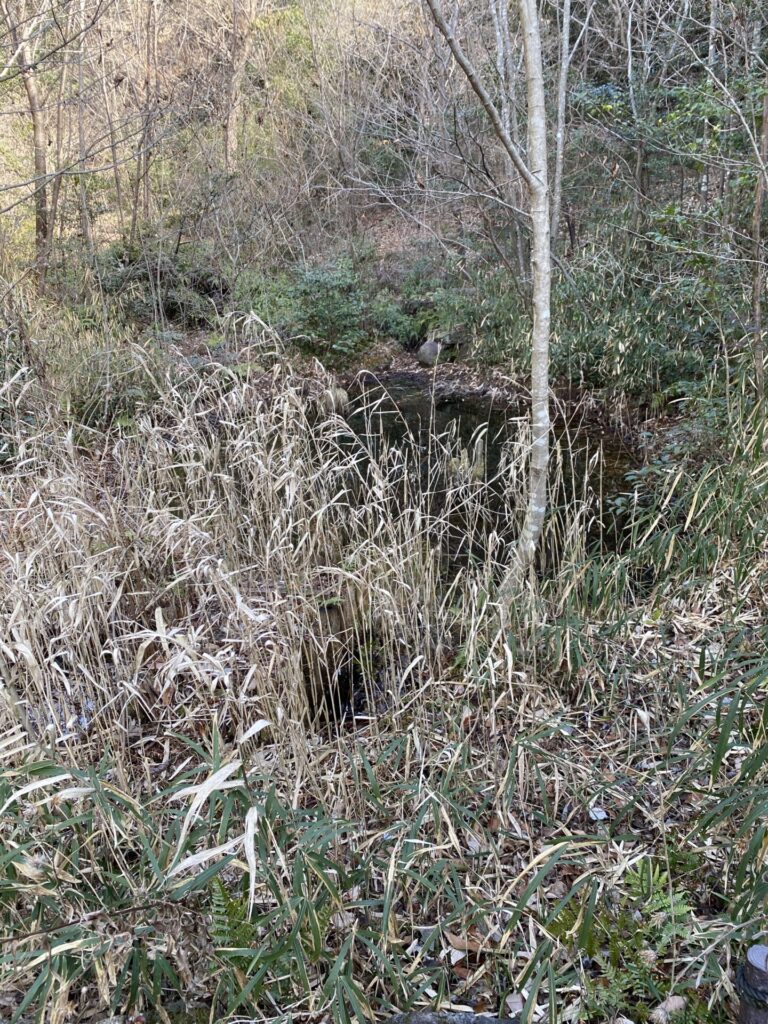
Basic information: Bamboos are a type of bamboo and are common in the Japanese countryside. Reeds are common in wetlands.
Winter conditions: In the wetlands, the bamboo survives the cold and keeps its green leaves. In contrast, the reeds have already died, showing the coexistence of nature’s harshness and beauty.
5.Winter green: Dryopteris (fern).
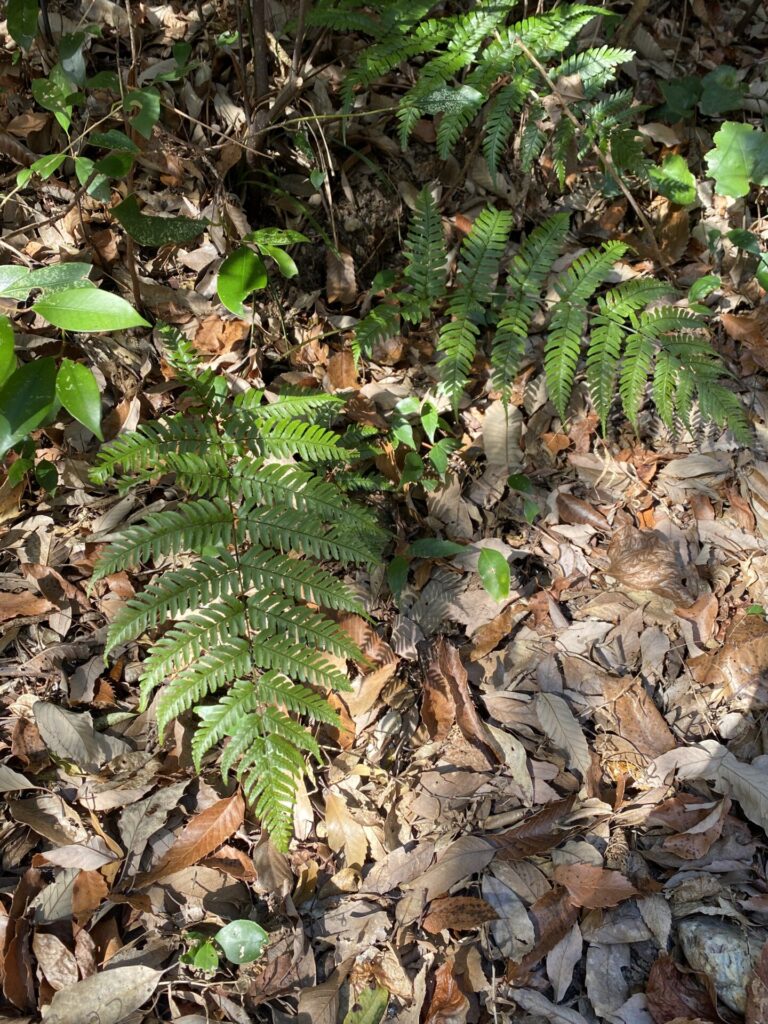
Basic information: Ferns are plants that prefer humid environments and their beautiful foliage attracts many people.
WINTER SCENE: Dryopteris has been able to withstand the cold by spreading its rich green foliage. Even in the midst of winter’s deadness, its breath of life gives visitors a sense of peace and tranquillity.
6.red berry accents: Rubus (Raspberry)
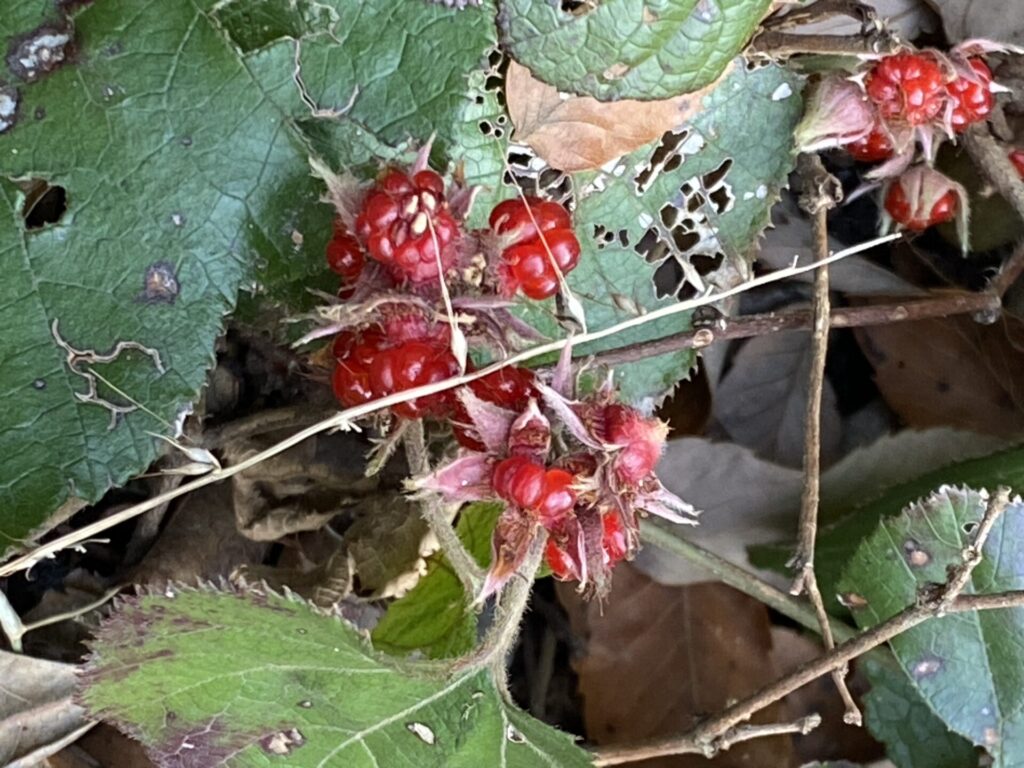
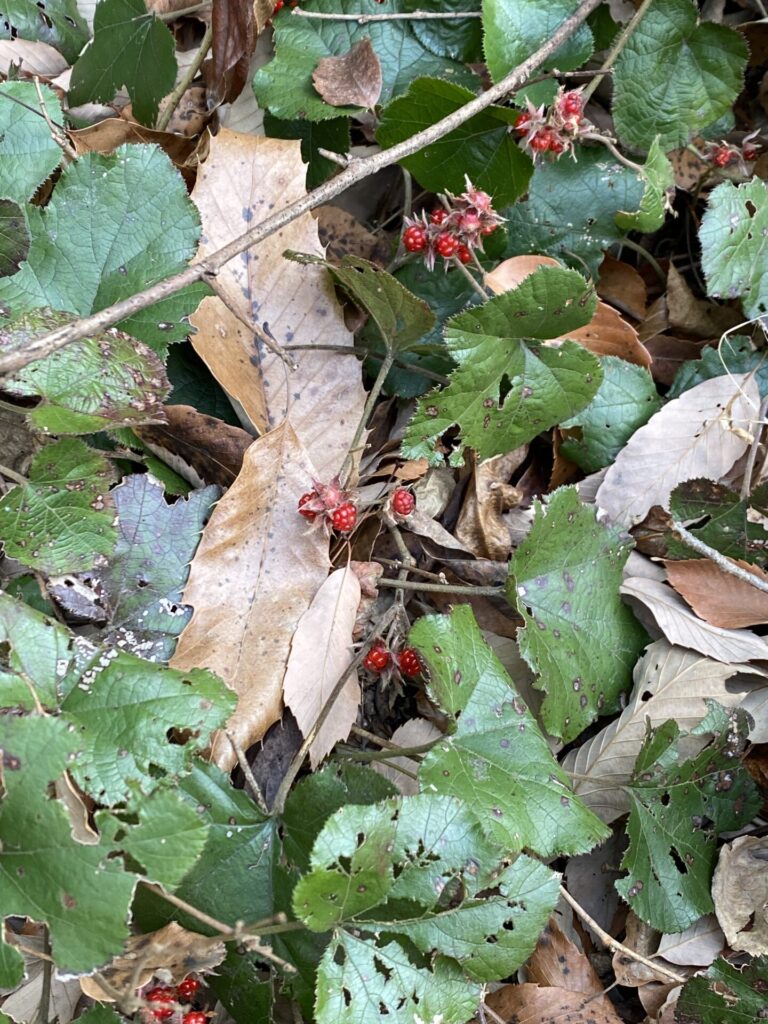
Basic information: Rubus is a plant of the raspberry genus, whose berries are also edible.
Winter scene: The red berries of Rubus look brilliant in winter among deciduous trees. Like a painting by nature, their colours add depth to the winter landscape.
7.Summary
Nagoya’s Higashiyama Botanical Garden is a place where a variety of plants compete for beauty even in winter. The plants are alive and well despite the cold weather, reminding us once again of the wonder and beauty of nature. Through this winter journey, we hope to show the richness and charm of Japan’s natural environment to as many people as possible.



コメント